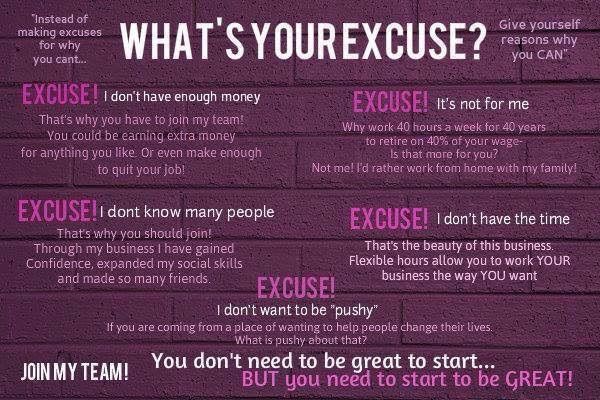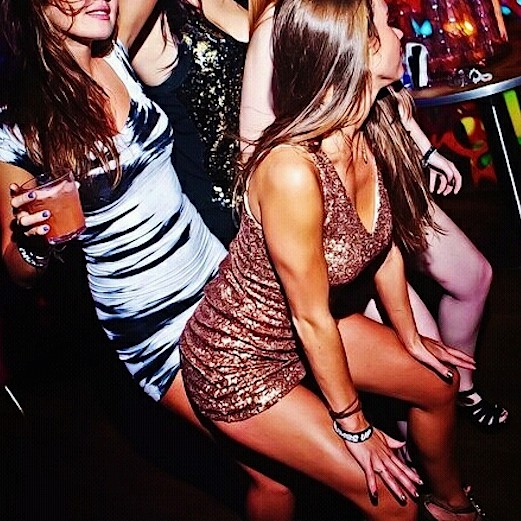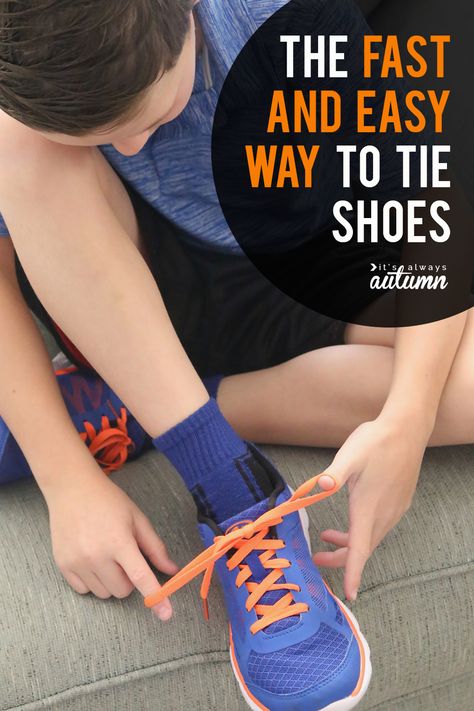How to dance carnavalito
Demonstration of the Dance El Carnavalito
Arte y mas!
Season 1 Episodes
Veo, Veo. ?Que Veo? game to review sizes, counting activity, and retelling the Ricito de Oros story
S1 E60
Excerpt from Uno, Dos, Tres. ?Dime Quien Es!, another version of the Goldilocks story, and a retelling using simple senten
S1 E59
Colores song and a color and movement activity
S1 E58
New Colors
S1 E57
Elements of plot and counting activity using Ricitos de Oro y los Tres Osos
S1 E56
Reading of Ricitos de Oro y los Tres Osos (Goldilocks and the Three Bears)
S1 E55
Painting of Baile en Tehuantepec by Diego Rivera and video of Mexican children dancing La Raspa
S1 E54
Reading of El Rinoceronte Rojo
S1 E53
Review of primary and secondary colors in a tropical landscape
S1 E52
Two examples of still life and a counting activity with cats
S1 E51
Still life paintings and reading of the poem Las Sand?as
S1 E50
Shapes and colors in Picasso's Ni?a con Barco, ?Que Es? two-dimensional art media, and a counting and sorting activity
S1 E49
Veo, Veo game, reading of Sonrisas by Alma Flor Ada and F.
S1 E48
Review of primary and secondary colors and a self-portrait by Mexican artist Frida Kahlo
S1 E47
Reading of Azul y Verde ; portraits and poems
S1 E46
Discussion of sizes, a reading of Figuras and games reviewing shapes and colors
S1 E45
Veo, Veo game, reading of Figuras, Muchas Figuras, and action verbs
S1 E44
Rectangles and circles and a mola made from cut paper
S1 E43
Lines and shapes in the Joan Mir? painting Lecci?n de Esqu? (The Ski Lesson)
S1 E42
The Lineas song, drawing different lines with sidewalk chalk
S1 E41
Art activity using pastel chalk and paper to introduce thin and thick lines
S1 E40
Traditional mola designs from Panama illustrate lines
S1 E39
Las Visitas and Mi Cuerpo songs, a counting activity with flutes
S1 E38
Review intensity with the ?C?mo Te Llamas? song, clap slowly and then faster to the El Chocolate chant, and count 12
S1 E37
Counting to 11 Slowly and Quickly
S1 E36
Review fast and slow music, the Manzanita del Per? game, a song about the parts of the body, and a counting activity
S1 E35
Songs performed slowly and quickly and slow/fast movement exercise
S1 E34
An echo game, counting violins, high and low sounds on the cuatro, and the ?Que Viene Despues? game
S1 E33
A musician from Panama plays conga drums; reading of Silencio Ruido
S1 E32
High and Low Sound On Musical Instruments
S1 E31
Manzanita del Per? game, practice loud and soft voices, and assign actions to musical instruments
S1 E30
?Que Viene Despues? Game Reviews Colors
S1 E29
Reviews the color white and body parts with a play-dough activity
S1 E28
High and low vocal sounds and a traditional song about parts of the body
S1 E27
Individual movements from the Sevillanas and Los Botones song
S1 E26
Performance of the Sevillanas, the Manzanita del Per? game, and ?C?mo Te Llamas T?? song
S1 E25
Review body parts with the S? y No game
S1 E24
Demonstration of the Dance El Carnavalito
S1 E23
Venezuelan Musicians Play Andean Music
S1 E22
C?me te llamas t?? song; reading of Grande y Peque?o ; sorting and counting objects
S1 E21
Students from Northern Elementary in Lexington perform La Raspa, a traditional Mexican dance
S1 E20
Review of the parts of the body and the Ni?as y Ni?os song
S1 E19
Diez Iguanas song; review of colors with the ?Cual Falta? game
S1 E18
Hola song; comparing objects of different sizes
S1 E17
Musicians from Venezuela Sing and Dance A Merengue
S1 E16
Color Yellow
S1 E15
Susana Dice
S1 E14
A Surprise Bag from Bolivia
S1 E13
Counting Activity
S1 E12
Saludos Song
S1 E11
Greetings and Locomotor
S1 E10
El Gato
S1 E9
Making Hot Chocolate
S1 E8
Movement Commands and An Action Song
S1 E7
Reading of Rojo
S1 E6
Stepping Forward and Backward
S1 E5
Counting from 1 to 3
S1 E4
Hand Movements and Reading of Rebeca
S1 E3
Las Visitas Song and the Si Y No Game
S1 E2
Tpr (Total Physical Response)
S1 E1
Orientation
See All Episodes
caret downUpcoming
No upcoming airdates
Recent
No recent airdates
Start at specific timeStart playback at: hh:mm:ss
Paste this code where you want the video to appear.
KET provides PBS national programming for all viewers in our broadcast areas. We use your web browser to confirm your location. If you're a KET donor, you may watch this content from anywhere in the United States.
For help, please check these FAQs or email [email protected].
We provide online video of PBS national programming for KET viewers. Please allow KET to access your web browser's location to watch this video.
Explore KET
It appears your browser is using an ad blocker. In addition to blocking ads, this software affects our ability to properly detect your location, which we must do before allowing access to video content. Please add KET.org to your safe list or disable your ad blocker for the best experience.
Dances of Argentina - The Best Traditional Argentinian Dances
Argentina is known all around the world for their innovative, impulsive,
intimate and passionate tango dance, but this large and diverse country is
also home of the incredible variety of other traditional dances that are
fueled by the beats of several kinds of native Argentine music.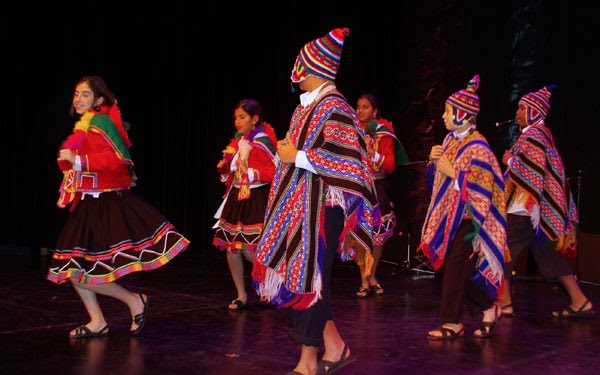
The best known of these dances are native (derived from the music, dances, ceremonies and celebration dances that were present in South America at the time of the arrival of European immigrants) and modern folk dances (which were developed over centuries of development of this large nation).
The development of Argentine music has played a large role in the formation of the modern folk dances that are today practiced in all regions of this country. Here are the most notable dances today practiced in Argentina:
Argentina is the country of dance
1. Carnavalito
The Argentine regions of Altiplano and Puna are known for the development
of the traditional South American dance that is today practiced in numerous
religious festivities. Since its early development, this dance went through
changes that had made it into a mix of the Spanish colonial culture and the
indigenous cultures of South America who had practiced this dance long
before European settlers arrived at the shores of this country.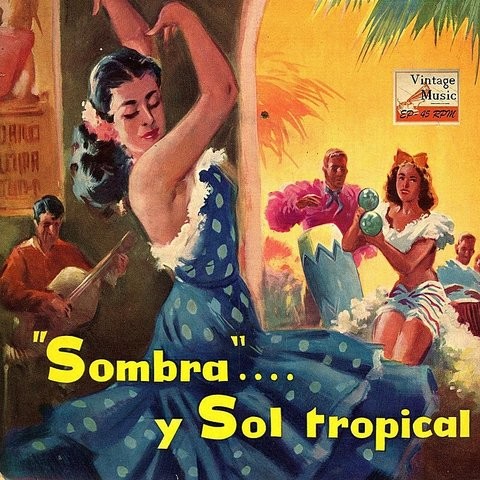 Instruments
that most commonly follow this dance are native instruments such as quena,
siku, and the bombo. The music is very cheerful, quick,
and multiple partners (arranged in groups or rows) follow the beat of the
music with smiles. A leader of the row or a dance group (male or female)
usually holds a handkerchief or ribbons in one of its hands.
Instruments
that most commonly follow this dance are native instruments such as quena,
siku, and the bombo. The music is very cheerful, quick,
and multiple partners (arranged in groups or rows) follow the beat of the
music with smiles. A leader of the row or a dance group (male or female)
usually holds a handkerchief or ribbons in one of its hands.
Today, Carnavalito public dances are commonly practiced in the northern regions of Argentina, most notably in regions of Salta and Jujuy), as well as in some western parts of Bolivia.
2. Chacarera
Chacarera is a type of folk music dance that originated in the northern
region of Argentina, more precisely from the province of Santiago del
Estero. Since its origin, it was always closely connected with the popular
tango and is viewed in Argentina as the rural and traditional counterpart
to the cosmopolitan and internationally accepted version of the modern
tango.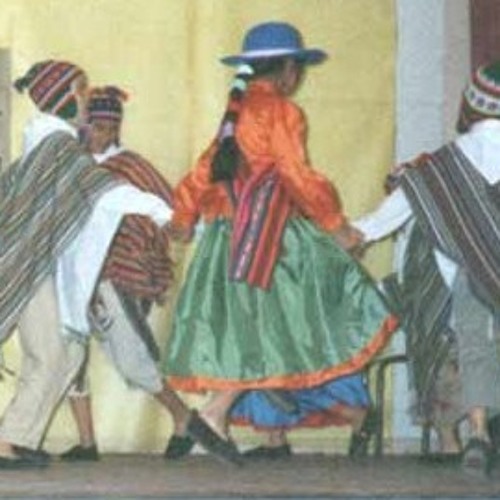
The core component of the Chacarera is the dance routine differences between male and female dance pairs. In this dance, females stay stationary for prolonged periods of time, while male performers circle around them. Music of Chacarera can be played by both traditional and contemporary bands or soloists, with the most common instruments being guitar, violin, bombo drum, and voice.
Chacarera is also famous for the flamboyant clothing style it requires - traditional Argentine flouncy dresses with wide skirts for women, and wide-legged pants, thick belts, and hats for men.
3. Chamamé
Chamamé is a traditional folk dance which originated from the northeast
regions of Argentina and Southern parts of Brazil (such as regions of Santa
Catarina, Paraná, Mato Grosso do Sul, and the Rio Grande do Sul).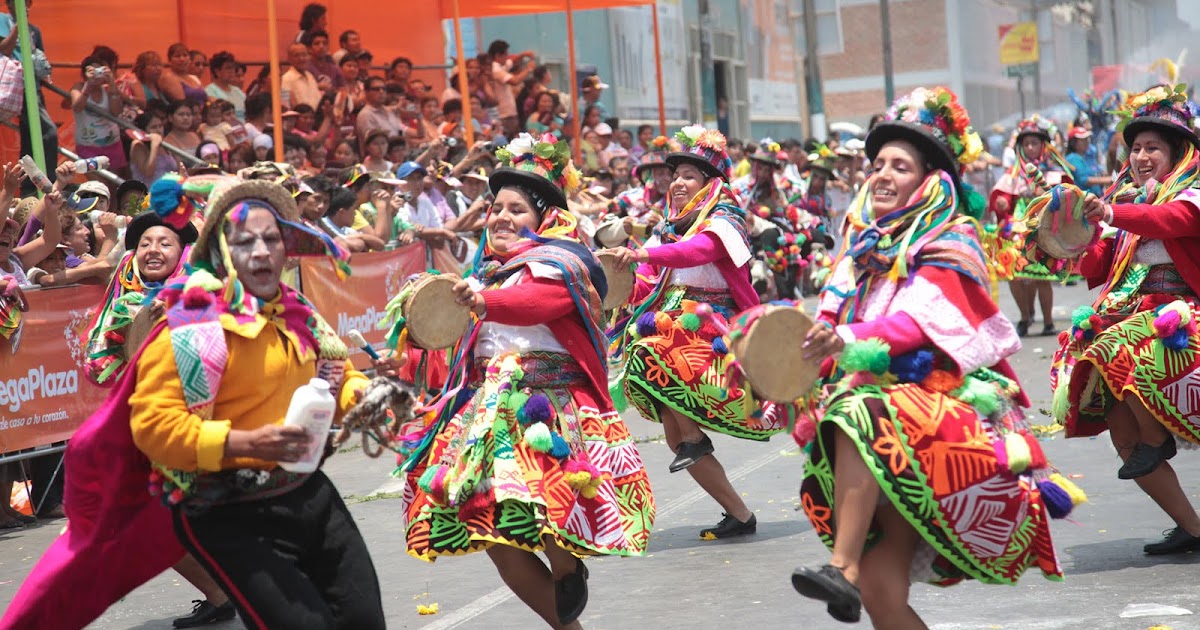 The
birthplace of the dance can be traced to the Yapeyú Corrientes, which is
regarded as one of the centers of the musical culture that birthed Chamamé
under the encouragement of Jesuits who promoted cultural growth until the
late 18th century. The modern version of this dance received influences from immigrants of several European countries, most
notably Germany and Poland. Today’s Chamamé is a mix of
native, Spanish, German and Polish influences.
The
birthplace of the dance can be traced to the Yapeyú Corrientes, which is
regarded as one of the centers of the musical culture that birthed Chamamé
under the encouragement of Jesuits who promoted cultural growth until the
late 18th century. The modern version of this dance received influences from immigrants of several European countries, most
notably Germany and Poland. Today’s Chamamé is a mix of
native, Spanish, German and Polish influences.
The term Chamamé was first used in the early 1930s, and the earliest recordings of this dance can be traced to early years of 20th century. Chamamé is most commonly danced with music played by Spanish guitar, violin, and accordion.
4. Cuarteto
Cuarteto is a famous folk dance and a musical genre which originated from
the Cordoba region in Argentina. The dance was originally created in the
1940s under influences of Spanish and Italian immigrants who brought with
themselves various European musical styles that they mixed with the native
music of Argentina.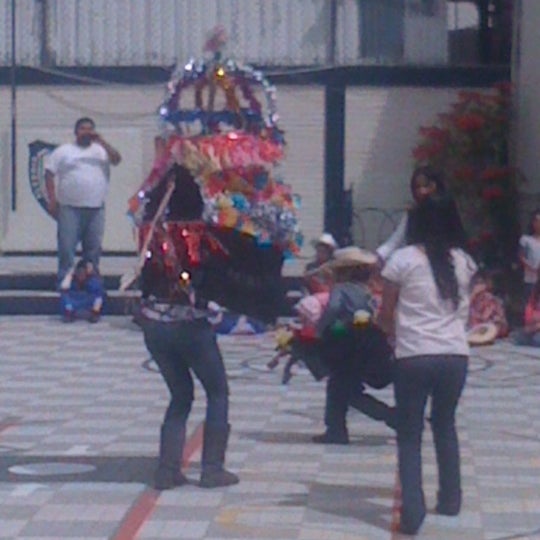 The result of this mix is an upbeat and cheerful music that is similar in rhythm to the
modern Dominican merengue. The peak of its popularity was in the 1970s and
80s when this musical style was viewed as the Cordoban local alternative to
the musical culture of Buenos Aires.
The result of this mix is an upbeat and cheerful music that is similar in rhythm to the
modern Dominican merengue. The peak of its popularity was in the 1970s and
80s when this musical style was viewed as the Cordoban local alternative to
the musical culture of Buenos Aires.
Its name comes from the tendency of this music to be played by quartets - four-piece bands that were most commonly made out of the piano, violin, accordion, and bass.
The most famous Cuarteto artists are Cuarteto Leo band, Carlos Mona Jiménez, Tru-la-lá band, Rodrigo and Walter Olmos.
5. Cueca
Cueca is a folk dance that is practiced in Argentina, but this dance is
also famous in Bolivia and Chile (where this dance is also adopted as the
country’s national dance). The origin of this dance is not precisely known,
but it is presumed it came as the result of the mix of indigenous and
European Spanish musical styles, with the largest contributors being the
zamacueca dance of Peru and Spanish Fandango dancing. From Peru, this dance
moved to Chile, Bolivia, and Argentina where it continued to evolve to its
modern state.
From Peru, this dance
moved to Chile, Bolivia, and Argentina where it continued to evolve to its
modern state.
Most commonly, Cueca is danced using white, red or black costumes and dresses fashioned in the style of Chilean national clothes. In Argentina, this dance is most commonly danced in the region of Cuyo, which is located near the border with Chile, but it is also practiced in provinces such as Mendoza, Jujuy, Chaco, Salta, La Rioja and Catamarca. However, in Argentine country cueca is danced in several variations, including changes in music style, clothing and the way of dancing.
6. Cumbia villera
Cumbia villera is the subgenre of cumbia music that is famous entire Latin
America. It originated in the slums Argentina to be the voice of lower and
marginal classes, often centering on the themes of life in rough
environments. The music style of Cumbia villera mixes the influences of Colombian and Peruvian cumbia with
many other musical genres, such as the
gangsta rap, punk rock, tango, reggaeton, Argentine folklore, protest
song, narcocorrido
and others.
The music style of Cumbia villera mixes the influences of Colombian and Peruvian cumbia with
many other musical genres, such as the
gangsta rap, punk rock, tango, reggaeton, Argentine folklore, protest
song, narcocorrido
and others.
The lyrical themes of cumbia villera are often centered on everyday life in rough environments, slums, poverty, misery, use of drugs, violent clashes, anti-police themes, night lifestyle, football culture , the authenticity of being a lifelong member of the marginalized social class, antipathy toward politicians and more.
7. Gato
Gato is a very interesting variation of the musical style of chacarera, but
with the notable different interpretation of its rhythm and dancing
routines.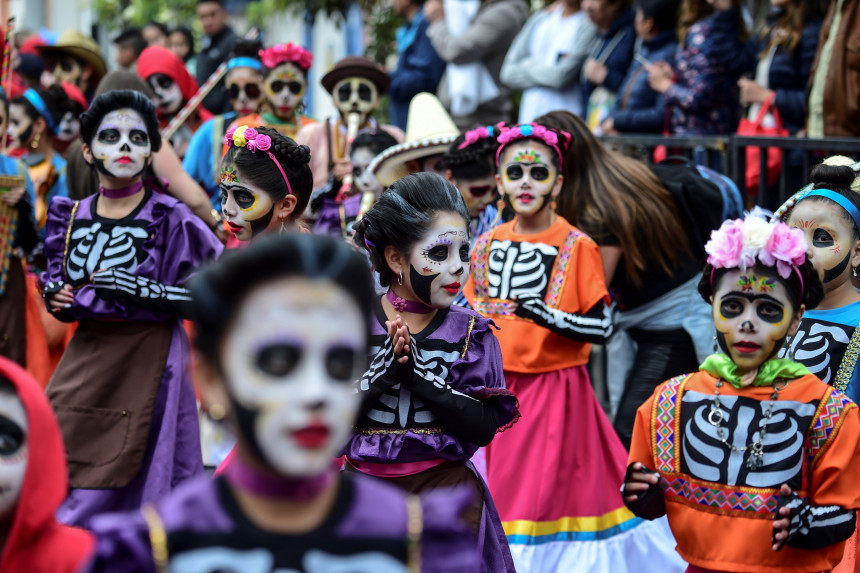 This popular folk dance incorporates structure in which lyrics
are often very humorous, and the performers have the
freedom too often pause the music and dance routine toimprovise some scene, often to create a heightened sense of comedy.
This popular folk dance incorporates structure in which lyrics
are often very humorous, and the performers have the
freedom too often pause the music and dance routine toimprovise some scene, often to create a heightened sense of comedy.
The name of this dance is taken from the Spanish word of “gato” which means “cat”.
8. Murga
Murga is a popular carnival and musical theatre dancing style that is
popular in countries such as Argentina, Uruguay, and Spain. The core
requirement of this dance is a group that consists of usual up to 17
performers, which are usually men. The dancing and singing routines that
dancer group prepare for carnival performance can last up to 45 minutes
, and they consist of unique dancing moves, suite of songs (with opening
and closing songs being the most important), and prepared recitative speech
lyrics.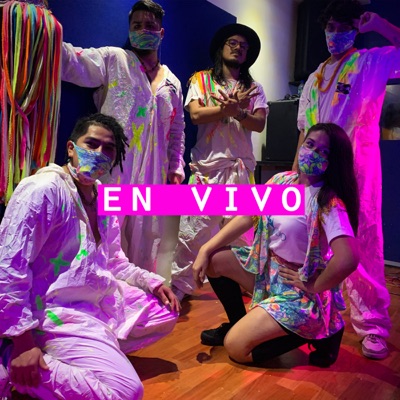 Performances of Murga are usually done on carnival grounds or
community stages (also known as tablados in Montevideo in Uruguay).
Performances of Murga are usually done on carnival grounds or
community stages (also known as tablados in Montevideo in Uruguay).
The Murga group of performers usually consists of chorus members, three percussionists and the performance can have up to five vocal parts. Percussion instruments are usually drums of the bombo, redoblante and platillos varieties. Clothing of Murga dancers is highly elaborate and jester-like.
9. Pukllay
Pukllay (also known as phukllay, pucllay, pugllay, phujllay, pujhllay,
pujllay and puqhllay) is traditional folk dance and festival held in the
region of central Andes. The name of this dance is derived from the Quechua
word that signifies “play", "to play" or "carnival". In traditional times,
this dance and celebration festival was organized to signify the
end of the raining season and the beginning of the harvesting season
, but in the modern times it has become connected to the celebration of the arrival of Christianity, and the
celebration of the battle won over Spaniards.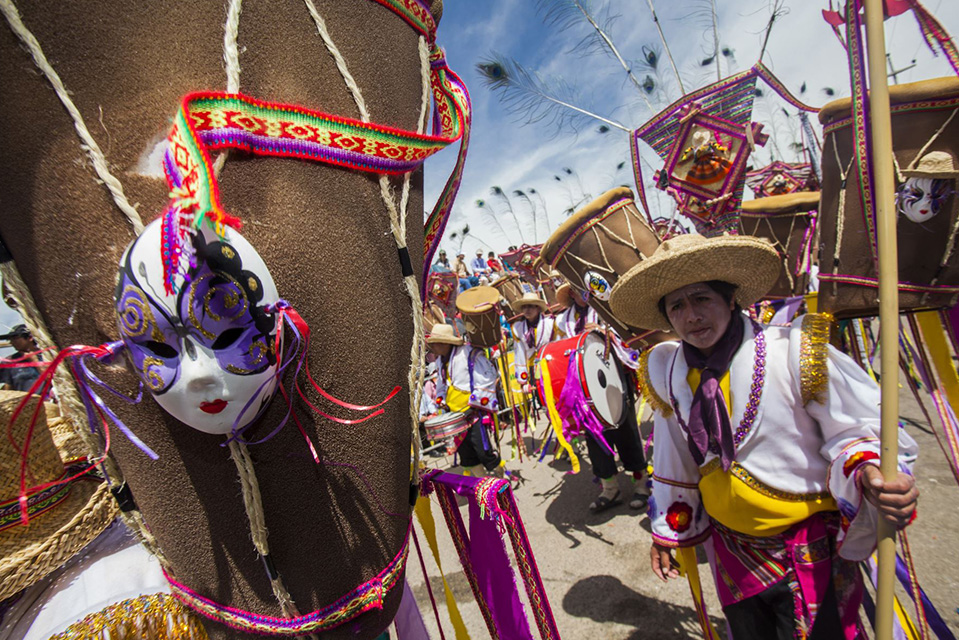 One of the centralclothing motives of this folk dance is the Spanish helmets and spurs.
One of the centralclothing motives of this folk dance is the Spanish helmets and spurs.
Although this dance is popular in some parts of Argentina, it is practiced much more in Bolivia where its Pukllay festival in Tarabuco has been nominated by UNESCO for World Heritage cultural mark of this region of the world.
10. Zamba
Zamba is a national folk dance of Argentina, promotion core values of many Argentine music and folk dance traditions. Although it has some similarities to Samba, this dance differs from it in several musical, rhythmic and temperamental ways. Dancers of Zamba must master different kind of steps, dance routines and costume wearing, making it similar in some ways to cueca.
Men and female pairs who dance Zamba are required tocircle one around another while using elegant moves to wave white handkerchiefs.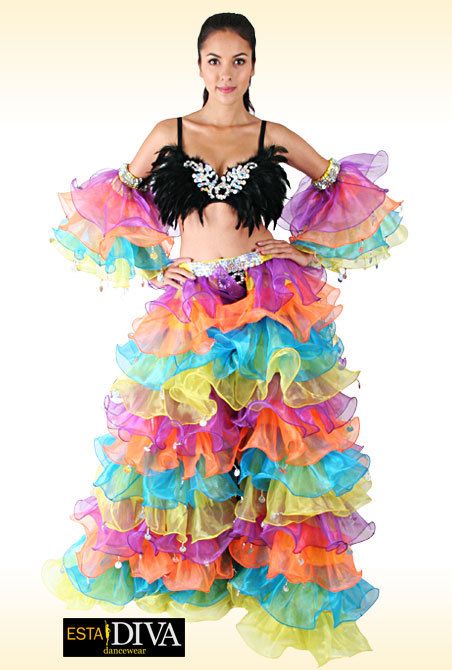 The music of Zamba can be of
many genres, which is the reason why this dance has become so popular in
all regions of the large Argentinian country. Many regional versions of
Zamba are promoting the local musical and fashion styles, often promoting
the beauty of both the region and the women in it. There is even variation
of Zambas that are intended to be danced to provide the statement of a political protest.
The music of Zamba can be of
many genres, which is the reason why this dance has become so popular in
all regions of the large Argentinian country. Many regional versions of
Zamba are promoting the local musical and fashion styles, often promoting
the beauty of both the region and the women in it. There is even variation
of Zambas that are intended to be danced to provide the statement of a political protest.
Zamba is today dancers regularly across Argentina at social gatherings, folklore parties, festivals and national holidays.
| Multicolored cliffs in Quebrade de Humahuaco | |
| Carnivalito in Humahuaca, Jujuy | |
| Carnavalito Quebradeño Letras y música: Machinga y Adolfo Abalos Arregladores: Homero Manzi y Lucio Demare 1943 Quebradeño a mí dicen carna-carnavalito, En el manantial se apaga la sed, Palomita sin palomar, (venga la gente a bailar, carnavalito) carnavalito... | Carnavalito! Translated by N. Quebradeño is my name, Carna-carnavalito, The mountain river will cool down all the agility Carna-carnavalito, The dove was left without a roof, Carnavalito.... |
Argentina in Russia 2017: festival program
Venue
Muzeon,
Address
st. Krymsky Val, 2
Date and time of the festival / event
-
August 19 and 20 in Moscow, on the territory of the Muzeon park on Krymsky Val, the festival "Argentina in Russia 2017" will be held.
Please note! You will need to register to participate in many events. Due to the limited number of tools, materials, or just the logic of the lesson, the master needs to know how many people will come.
August 19 from 11:00 to 23:00, on a wooden platform to the left of the Central House of Artists (Scene 1)
-
12:00 - ANTON OBRAZTSOV - Percussion master class (chakarera) - Energetic, cheerful and sad, playful and philosophical, loving and militant.
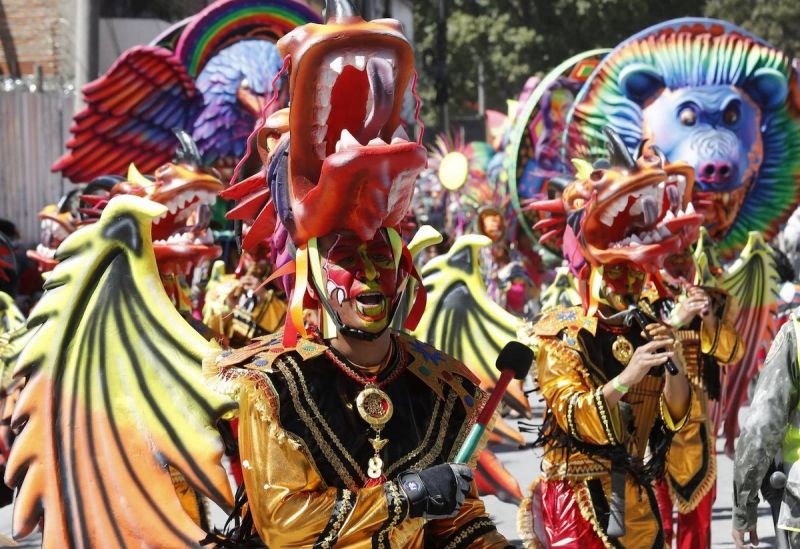 Chakarera is different, but it is invariably energetic, ignites with its rhythm.
Chakarera is different, but it is invariably energetic, ignites with its rhythm. -
13:00 - EVGENIY AND EKATERINA - Dancing master class (chacarera) - The most frequently performed Argentinean folklore dance! We will get acquainted with the chacarera dance, feel the rhythm and character of the dance, study the pattern of movements.
-
14:00 - LENA HERNANDEZ FLAMENCO STUDIO - Performance. Tango Flamenco Folklore
-
14:30 - "TODOS JUNTOS" - Dance performance "Candombeando Libre" - A production that was born in Russia, traveled to Argentina, saw mountains, rivers and festivals and returned back, carrying the energy of the sun and dance.
-
15:00 - ANTON OBRAZTSOV - Master class in percussion (candombe) - Rhythm that came to us from Africa and formed the basis of several well-known music and dance genres at once. For example, tango and milongas. We will learn how to tap it and see how we "recharge" the dancers with rhythm.

-
16:00 - KONSTANTIN AND ELENA - Master class in dancing (tango) - Tango is a dance-dialogue between a man and a woman. Quiet and sincere conversation or quarrel, or care, or courtship. At the same time, we will not say a word out loud, but we will definitely understand each other.
-
17:00 - DARIA AND MARINA - Dancing master class (carnavalito) - Rhythm and dance, popular in many countries of Latin America. This is a cheerful, universal dance, a symbol of carnival - the main holiday of the year.
-
18:00 - LENA HERNANDEZ FLAMENCO STUDIO - Performance. Tango Flamenco Folklore
-
18:30 - "THODOS JUNTOS" - Dance story. Dont krai fom mi Argentina - A story about encounters with magical places and people, music and dance, the traditions of such amazingly different and creative provinces of Argentina.
-
19:00 - "TODOS JUNTOS" - A story about a trip to Argentina
-
20:00 - "THODOS JUNTOS" - Noches magicas open milonga with live music - Dance evening.
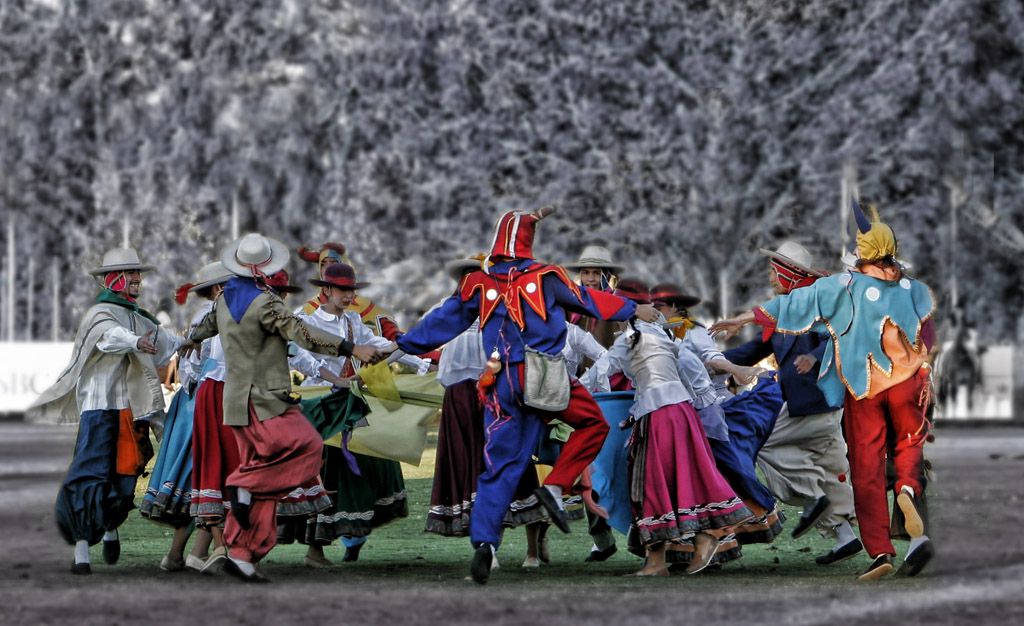 Open to everyone! This is the time when everyone dances with each other for their own pleasure, enjoying a wonderful evening and live music.
Open to everyone! This is the time when everyone dances with each other for their own pleasure, enjoying a wonderful evening and live music.
August 19 from 11:00 to 23:00, on a wooden platform to the left of the Central House of Artists (Scene 2)
- 12:30 - RENSO GOMEZ - Taller de literatura - Literary workshop in Spanish with an Argentinean writer
- 13:30 - VICTOR GOROKHOV - Conversation "Argentina: country, music and people"
- 13:30 - SHORE OF WINDS - Handicraft workshop - We will paint fabric bags with Argentine motifs, drawings and inscriptions under the guidance of masters
- 14:30 - ELENA YUSOVA - Master class on making jewelry - Creating an original hair ornament from multi-colored beads and feathers
- 14:30 - MAURO VOLOSHIN - Lecture. What tango sings about - We will listen to 5 cult compositions that represent an entire era and a special Argentinean attitude, and understand their lyrics.
- 15:30 - WIND SHORE - Needlework workshop - We will paint fabric bags with Argentine motifs, drawings and inscriptions under the guidance of masters
- 15:30 - IRINA GOLUBEVA - From "hello" to "go to hell" in Spanish without blushing - We will try to look into Argentinean culture through the Spanish language, to feel the picture of the world of Argentines through the way they speak.

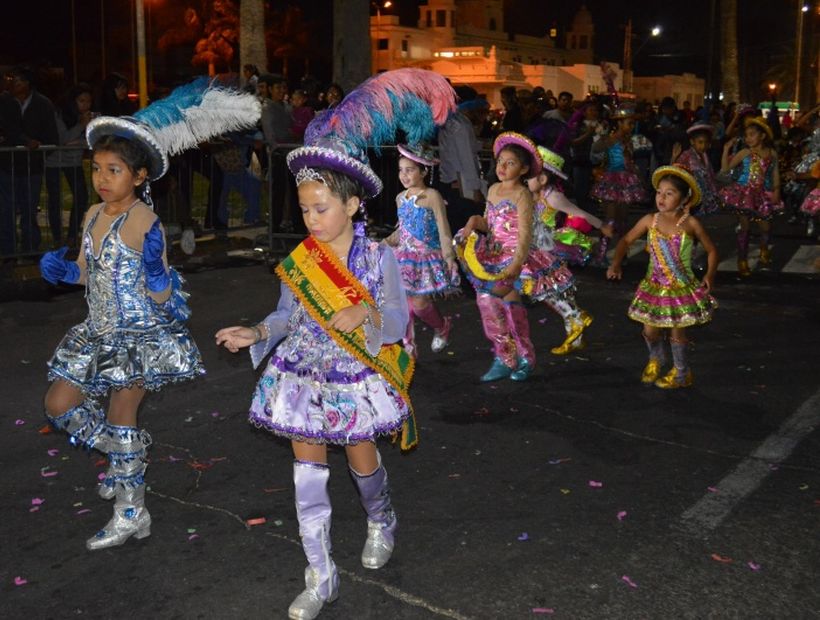 .. these regions, according to Humboldt, got their name from the bird kakuy, as the giant nightjar is called in the language of the Quechua Indians). The most famous carnivalitos are Quebradeño, that is, from the Quebrada (gorge) of Humahuaco.
.. these regions, according to Humboldt, got their name from the bird kakuy, as the giant nightjar is called in the language of the Quechua Indians). The most famous carnivalitos are Quebradeño, that is, from the Quebrada (gorge) of Humahuaco. 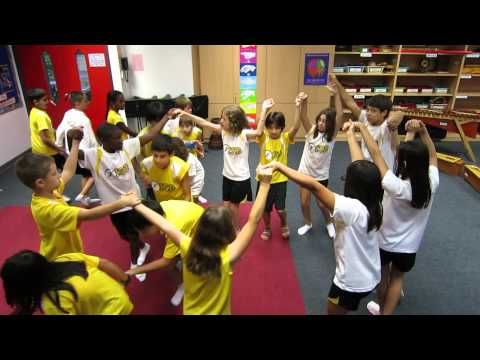
 Orlova
Orlova 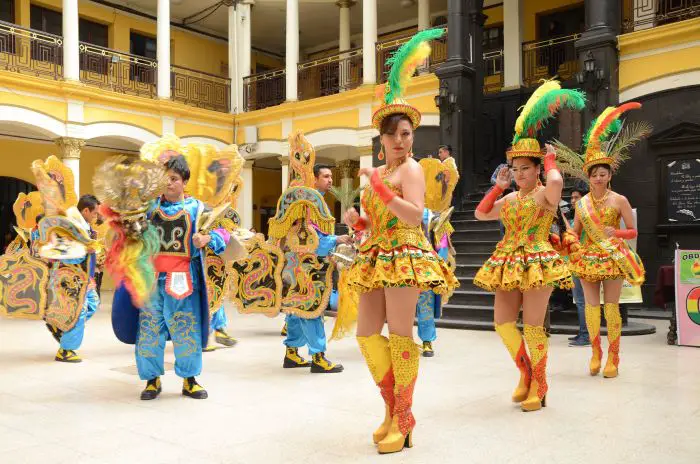
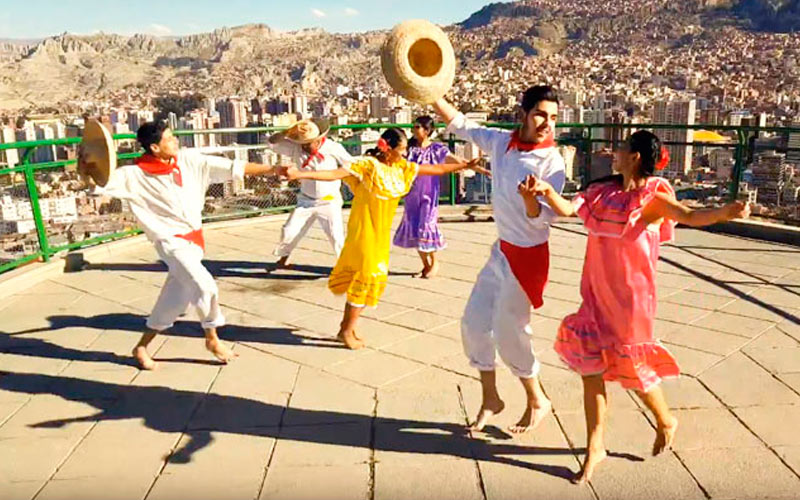 The film became one of the most popular in the history of Argentine cinema, and politically and ideologically very busy - it is like a forerunner of the revolution of 1943 and the transfer of power into the hands of the proto-Peronists, a kind of nationalist battle cry. The scriptwriter of the film was the tango poet and nationalist Homero Mansi, himself a native of Santiago de Estero, like the Abalos brothers (who put their lives, one might say, to equate northern folklore in significance with metropolitan tango ... we owe it to them and "Chacareroy del Rancho"). The director was Lucas Demare (younger brother of Lucio) and the composer was Lucio Demare. Filmed in the northern mountains, in Salta, at the beginning of the 42nd year. So it appears that Abalos and Mansi were the first to reveal this topic, and then Desmarais with Beron and Saldivar took advantage of the popularity of the film and the nationalist frenzy 1943 years... but the anti-Tang motivation of the Abalos, the collapse of Argentina's continental superpower ambitions in 1944-45, and then the collapse of Peronism, did not give this topic a long-term chance in the BsAs milonga.
The film became one of the most popular in the history of Argentine cinema, and politically and ideologically very busy - it is like a forerunner of the revolution of 1943 and the transfer of power into the hands of the proto-Peronists, a kind of nationalist battle cry. The scriptwriter of the film was the tango poet and nationalist Homero Mansi, himself a native of Santiago de Estero, like the Abalos brothers (who put their lives, one might say, to equate northern folklore in significance with metropolitan tango ... we owe it to them and "Chacareroy del Rancho"). The director was Lucas Demare (younger brother of Lucio) and the composer was Lucio Demare. Filmed in the northern mountains, in Salta, at the beginning of the 42nd year. So it appears that Abalos and Mansi were the first to reveal this topic, and then Desmarais with Beron and Saldivar took advantage of the popularity of the film and the nationalist frenzy 1943 years... but the anti-Tang motivation of the Abalos, the collapse of Argentina's continental superpower ambitions in 1944-45, and then the collapse of Peronism, did not give this topic a long-term chance in the BsAs milonga.
